Kolam is a traditional art form that originated in South India, particularly in Tamil Nadu. It involves creating intricate designs and patterns on the floor using rice flour or chalk powder. Kolams are a popular daily ritual in many South Indian households and are believed to bring good luck and prosperity to the home.
Kolams are usually created early in the morning, before sunrise, and are a common sight in many South Indian neighborhoods. Women typically draw the kolam designs, which range from simple geometric patterns to more complex designs inspired by nature, such as flowers, birds, and animals.
Kolams are created using a dot grid, which serves as the foundation for the design. The dots are connected using lines and curves, forming intricate patterns and designs. The rice flour or chalk powder is then used to fill in the spaces between the lines, creating a beautiful and colorful design.
Kolams are not just decorative art forms; they also have cultural and spiritual significance. They are believed to bring good luck and prosperity to the home, ward off evil spirits and negative energy, and welcome guests and visitors.
In addition to their cultural significance, kolams also have ecological benefits. The rice flour used to create kolams is a natural and biodegradable material that is safe for the environment. After the kolam is created, it is usually swept away, and the rice flour is fed to birds or used as compost.
Kolams are a beautiful and vibrant art form that is deeply rooted in South Indian culture and tradition. They are not just decorative art forms but also have cultural, spiritual, and ecological significance. So, the next time you see a kolam on the streets of South India, take a moment to appreciate the beauty and cultural significance of this traditional art form.

 Delhi to Bhopal Road Trip - The very first day of our 14 days long trip through east coast of India || Noida to Rameshwaram
Delhi to Bhopal Road Trip - The very first day of our 14 days long trip through east coast of India || Noida to Rameshwaram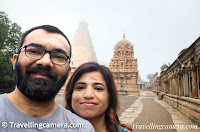 The Majestic Brihadeeshwara Temple: A Glimpse into the Architectural Brilliance of Thanjavur in Tamilnadu, India
The Majestic Brihadeeshwara Temple: A Glimpse into the Architectural Brilliance of Thanjavur in Tamilnadu, India
 Unlocking the Treasures of Saraswati Mahal Library in Thanjavur, Tamilnadu || Exploring India's oldest and most fascinating collection of manuscripts
Unlocking the Treasures of Saraswati Mahal Library in Thanjavur, Tamilnadu || Exploring India's oldest and most fascinating collection of manuscripts
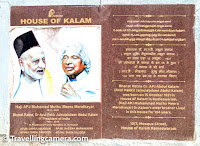 Exploring the Legacy of Dr. APJ Abdul Kalam at House of Kalam: A Journey through His Life and Achievements
Exploring the Legacy of Dr. APJ Abdul Kalam at House of Kalam: A Journey through His Life and Achievements
 Hotel Gokulam and Golden Minerva Coffee Cafe in Madanapalle, Andhra Pradesh, India || The town that provided us great food and a comfortable night stay
Hotel Gokulam and Golden Minerva Coffee Cafe in Madanapalle, Andhra Pradesh, India || The town that provided us great food and a comfortable night stay
 Exploring the Architectural Marvels and Historical Significance of Arulmigu Ramanathaswamy Temple in Rameshwaram, Tamilnadu : A Spiritual Journey Through Time
Exploring the Architectural Marvels and Historical Significance of Arulmigu Ramanathaswamy Temple in Rameshwaram, Tamilnadu : A Spiritual Journey Through Time
 Embracing the Serenity of Sunrise: Exploring Dhanushkodi in the Early Hours of the Morning | Tamilnadu Diaries
Embracing the Serenity of Sunrise: Exploring Dhanushkodi in the Early Hours of the Morning | Tamilnadu Diaries



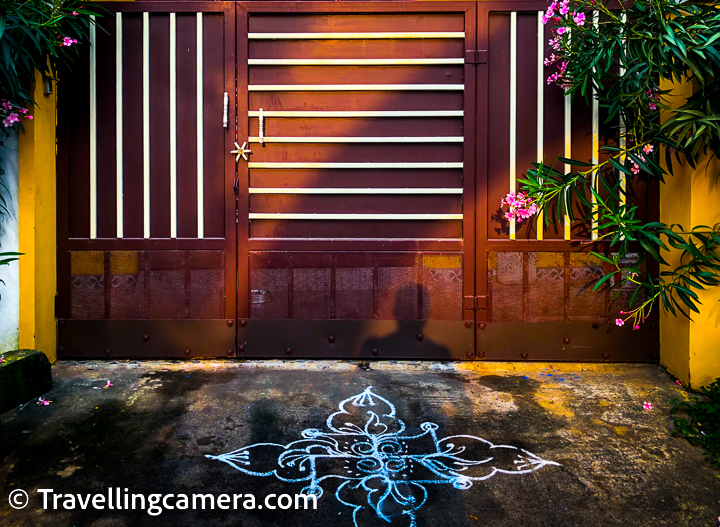

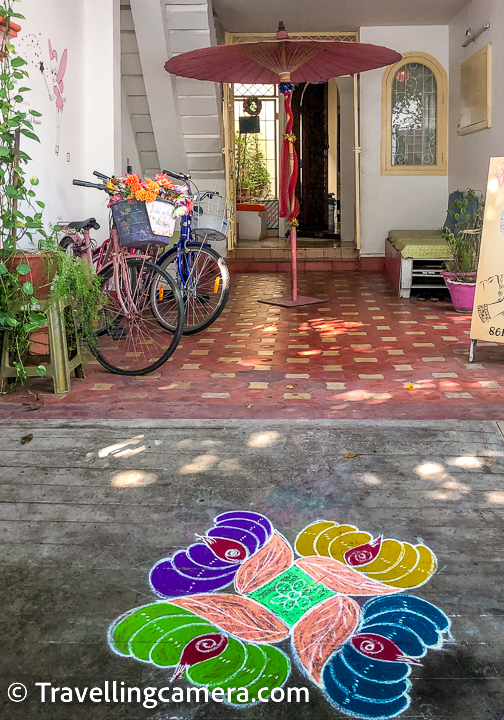



%20to%20see%20the%20Danish%20fort%20in%20Tamilnadu%20state%20of%20India-3.jpg)









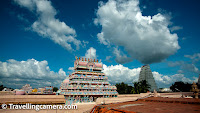
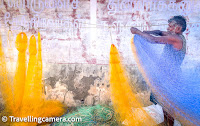





.jpg)
Comments